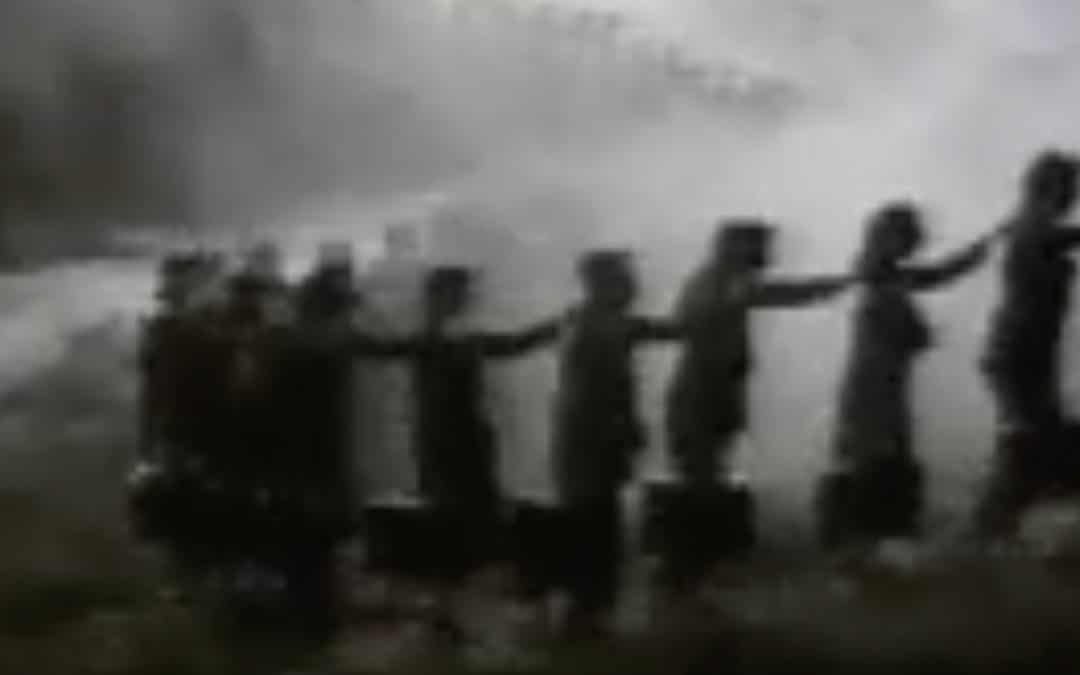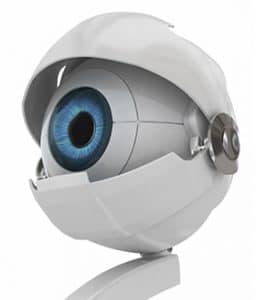Super Bowl confidential: the secret story behind Apple’s “Lemmings”
This is the day I normally offer up some reviews on the Super Bowl commercials.
This year, I suffered a bit of writer’s block. I couldn’t find a fresh way to say things like “This one was funny,” “This one was an embarrassment” and “Damn you, advertisers, for taking away the surprise by releasing ads a week before the game.”
So I’m going to sit this one out. I’ll listen to your opinions instead.
However, I will not sit idly by! In honor of the Super Bowl I’m setting the time machine back to 1985, when Apple ran its notoriously awful Lemmingscommercial on that year’s Super Bowl.
Just twelve months earlier, Apple had stunned the technology and advertising worlds with its famous 1984 commercial, and Lemmings was meant to carry on the blockbuster tradition.
Instead, it was a dud of extraordinary proportions.
But what exactly is the origin of Lemmings? It’s a story that’s never been told publicly, and it’s definitely not what you think. Join me now on this journey down memory lane…
I was a lowly copywriter in those days, lucky enough to be working in the New York office of Chiat/Day Advertising. On a national level, Chiat had an amazing reputation for award-winning creative work, thanks to its efforts on behalf of Apple and other clients — all of which came from the Los Angeles office. That’s where creative leader Lee Clow and Apple creative director Steve Hayden were based.
The NY office was just getting off the ground. With only 20-30 people serving a small roster of decent clients, winning new business was a major focus. So much so that Jay Chiat himself relocated to NY so he could be part of the effort.
By this time, Jay had become one of the industry’s legends. In his travels, he developed a connection with a London agency called Collett Dickinson Pierce, and that led to a “cultural exchange” program. A creative team from CDP was invited over to work in the NY office.
One day, Jay succeeded in getting us invited to pitch for a major new account. General Electric was looking for a new agency for its corporate business, and if we could reel that one in, it would change everything. For many weeks, creating a strategically and creatively brilliant campaign for GE became the office’s prime mission.
The pitch team did some amazing work.
The strategy called for GE to acknowledge that the nation’s economy was in decline and take on the challenge of reigniting business with fresh thinking. It would cast itself as the catalyst for much-needed change. Creatively, this would be accomplished by making a dramatic announcement describing GE’s corporate quest, and then backing it up with a series of ads that described its efforts.
The Brits from CDP became part of the pitch team. (If only I could remember their names. If you guys are reading this, please identify yourselves.) And they came up with an idea that got everyone’s attention.
In their launch commercial, we’d see a line of businessmen marching toward a cliff like lemmings, ultimately taking the plunge, as a voiceover described the nation’s economic woes. The point was that American business needed a wakeup call — and GE was just the company to lead the charge. At commercial’s end, there was a line to the effect of, “Read about GE’s plan to reignite American business in tomorrow’s newspaper.”
Good an idea as it was, that commercial actually didn’t make the cut. The spot that made it into the final pitch — and was actually shot on film for the presentation — was more emotionally compelling. It featured a simple shot of a deadpan Uncle Sam from the waist up, wearing nothing but his Uncle Sam hat. (I never quite understood the nudity, but it was quite an arresting image.)
One by one, the voiceover would rattle off statistics showing that American business was in decline, and with each statistic a hand from off-camera would slap Uncle Sam in the face. It was gut-wrenching to see good ‘ol Sam slapped around like this, but this sequence only set the stage for a truly uplifting ending. When the last slap approached, Sam catches the arm and with all of his power, he forces it out of frame. The voiceover explained that GE was going to do its part to help America return to economic excellence.
What emotional power that commercial had. But alas, advertising — like life — isn’t always fair. After the pitch, GE decided to go with another agency, and all those weeks of late nights turned out to be for naught. Both Uncle Sam and Lemmings ended up in the dead file.
Some time later, we received a communique from the LA office. Given all the attention that had been focused on Apple and Chiat/Day for the extraordinary 1984 commercial, the quest was on for an equally powerful follow-up in the next Super Bowl. The LA office was struggling to come up with worthy ideas and they invited the NY office to help. The focus for the new ad would be Apple’s push into business with a combination of hardware and software called the Macintosh Office.
You can imagine how excited we were to get this invitation. Apple. The Super Bowl. The sky was the limit. It was a ticket to stardom for the creative team that came up with the idea.
Of course, creating a sequel to the greatest ad in history is easier said than done. My partner and I struggled to come up with the big idea, and the other creative teams weren’t faring much better.
If you know the story of 1984, you know that the idea struck when the LA creative people were searching for inspiration, pouring through old presentations to see if there might be a spark of an idea. They came across a print ad with the headline, “Why 1984 won’t be like 1984.” That got their attention. The rest is history.
Well, a similar thing happened in the NY office in the search for a new Apple Super Bowl idea. Someone had the great idea to look at the work that had been done for GE. And there it was — Lemmings, in all of its glory.
The GE copy was removed. Instead of telling the story of American business being in decline, it would tell the story of American business being stuck in its ways and needing something better. The agency was excited. Steve Jobs was excited. And Lemmings became Apple’s 1985 Super Bowl commercial.
Bear in mind that commercials typically age even worse than computers. Lemmings looks frighteningly horrible by today’s standards. But it was horrible enough even by the standards of the day. It was a disaster strategically, as it insulted the very audience it tried to seduce. Even worse, the product was unavailable immediately following the Super Bowl, so customers had no way to see it. It was a lose-lose situation.
And there you have it. What was arguably the worst high-visibility ad in the history of Apple wasn’t even created for Apple originally. It was a recycled idea lifted from a failed GE advertising pitch.
As the 1985 Super Bowl approached, the British authors of the ad were no doubt thrilled that their idea would follow on the heels of the legendary 1984commercial. But, like the rest of the world, they were likely mortified by the way it played out.


Trackbacks/Pingbacks